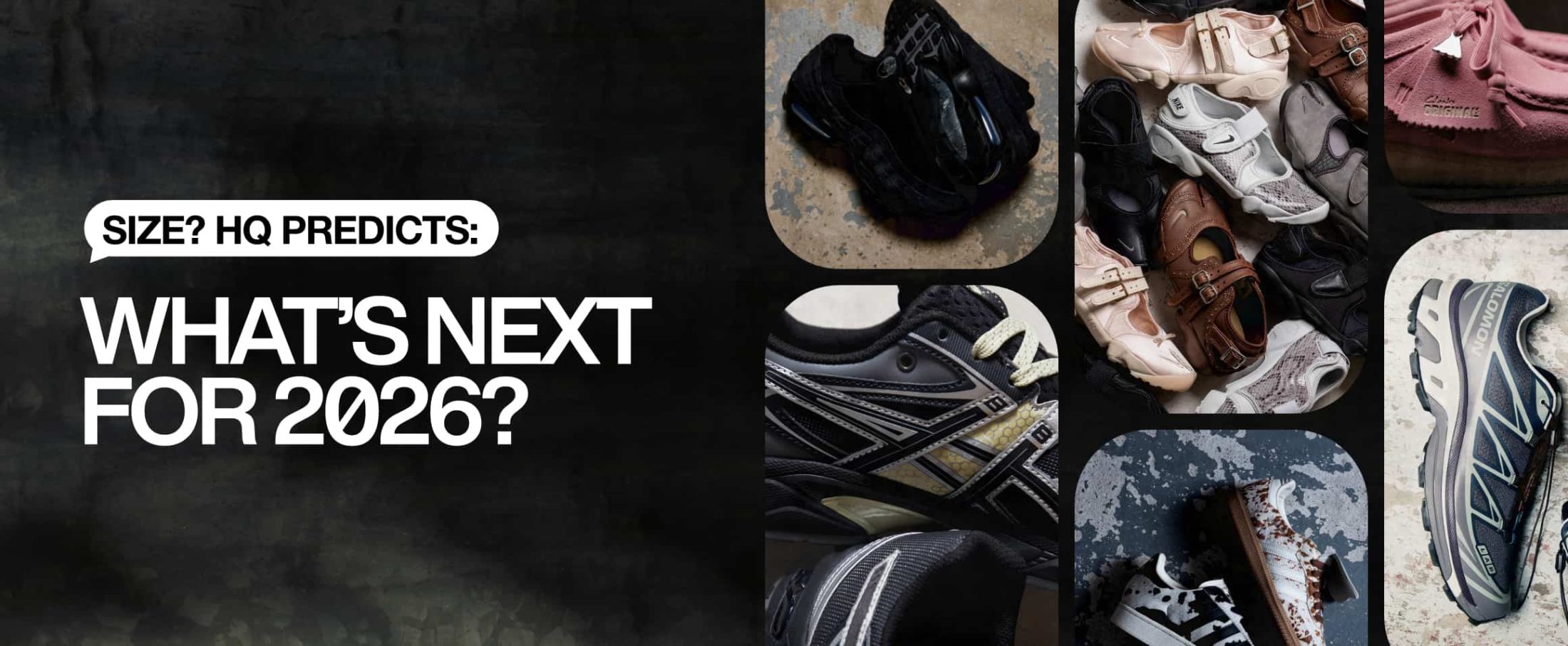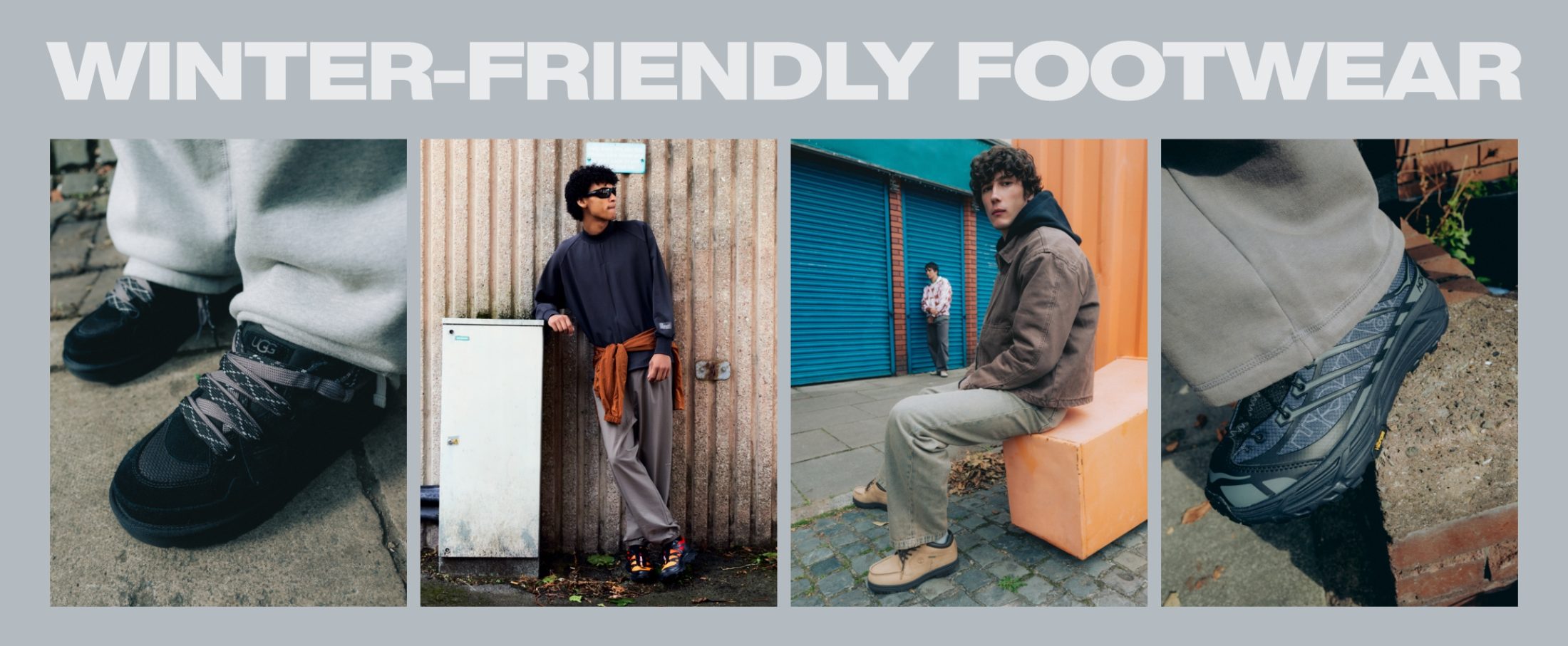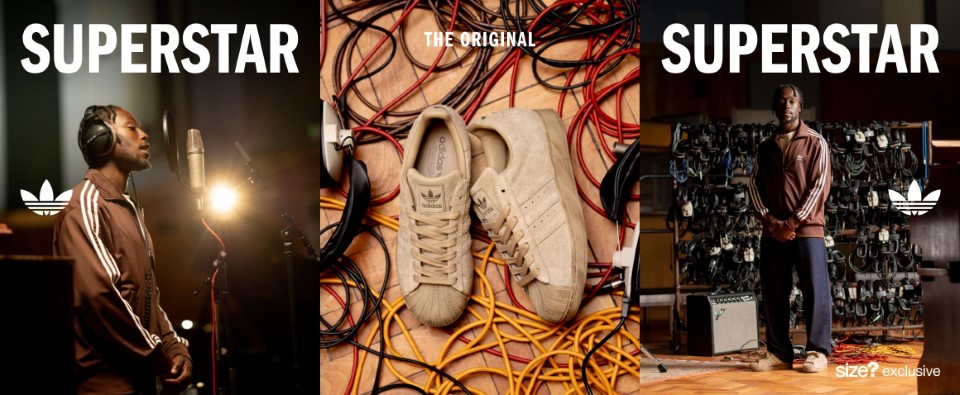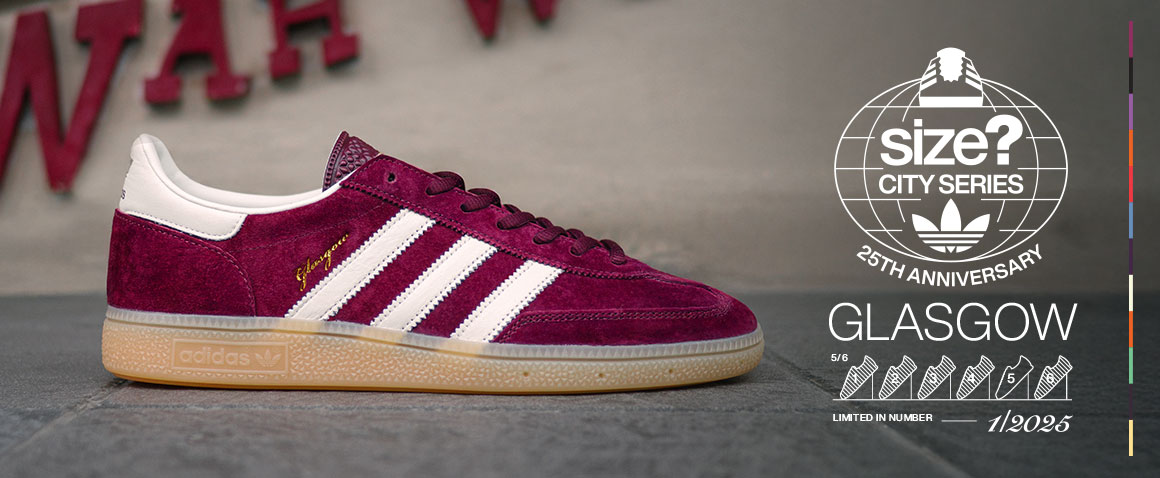A brief history: Dickies

The Williamson-Dickies Manufacturing Company, also known as Dickies, is rooted deep within contemporary street style – especially in skatewear. Despite its strong links to modern fashion, this story reaches over 100 years, with very different origins to where we are now.

Established in Fort Worth, Texas, by cousins EE ‘Colonel’ Dickie and CN Williamson, and his son C Don Williamson, the label started out as a bib-overall manufacturer in 1922. The trio noted a gap in the market during the American industrial boom, spotting that workers needed quality garments to protect their clothing from the harsh conditions of factories, mines and workshops – enter Dickies.

After WW2, the ‘50s saw Dickies embark on its global expansion, breaking into the Middle Eastern and European markets with its workwear. By the 1970s, the brand had broadened its horizons, focusing on the price-conscious consumer who still wanted to dress to impress. Slogans like “We’re basic” and “This guy spent $132.20 on his basic wardrobe. How the dickies did he do it?” helped the range fly off the shelves.

Dickies 874 Work Pant
Developed in the ‘60s, the 874 Work Pant started life as a solid pair of work trousers and 60 years later, the recipe remains the same. The special thing about these pants was (and is) that they were considered indestructible, which is what drew the attention of skateboarders.
Crafted from wrinkle, stain-resistant and part-recycled fabric, the pants are designed to remain reliable through anything you can throw at them. The brand’s sizing recommendations go like this:
Men: to sit high on the waist go with your regular size, but to sit on your hips you should go two sizes up, e.g. if you’re a size 32” opt for the 34”.
Women: for a low-rise fit order two sizes up and if you want to wear the waistband flipped over you should go for four sizes up, e.g. if you’re a size 28” opt for the 32”.

Dickies, Music and Skateboarding
During the ‘80s, rappers started adopting staple Dickies pieces as part of their street-ready uniforms, making the label relevant for a whole new generation. Big names on the Hip Hop scene like Eazy-E, Mc Ren, the Beastie Boys and of course, N.W.A. started donning Dickies, and later in the early ‘90s, Tupac even had a custom pair of Denim Bib Overalls.
The 1990s saw skateboarders emerging from skate parks and onto the streets for more street-style skating, meanwhile, the rise of VHS skate videos like Welcome to Hell was helping to spread the skating subculture. Dickies became a must-have for skaters, thanks to a commitment to durability and long-lasting garments.

The Dickies Logo
Contrary to popular belief, the Dickies logo shows an ox collar and not a horseshoe. First seen in 1954, the ox collar symbolises strength, power and the determination of Texas livestock – values that have been firmly embedded in the Dickies brand since the get-go.
Feeling inspired? Check out more from Dickies over on size?










